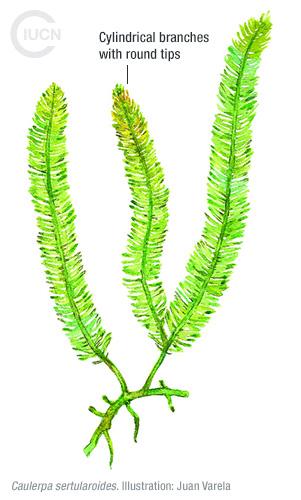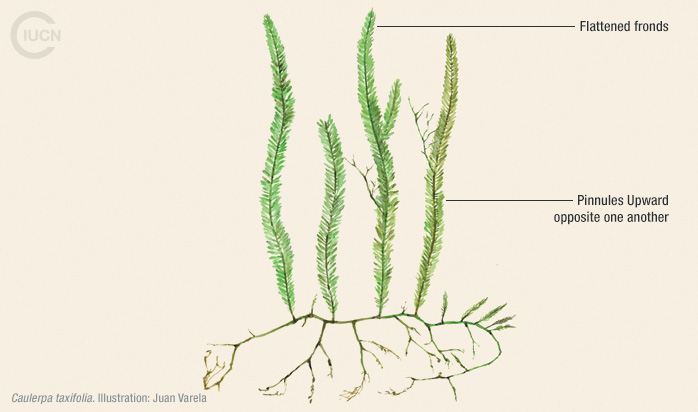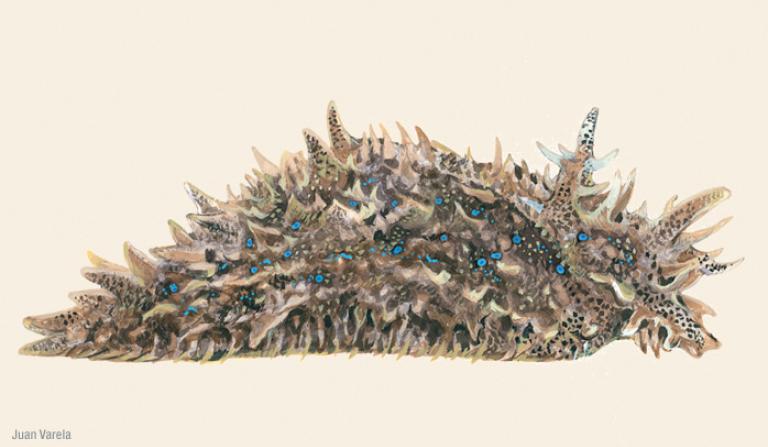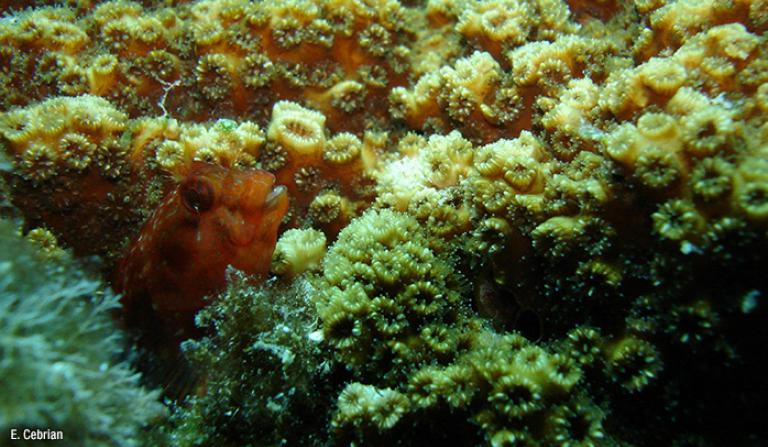Caulerpa taxifolia
Information
C. taxifolia can colonize all types of available substrate including rocky, sandy and muddy bottoms, sheltered and exposed habitats, and polluted or pristine waters from the surface down to a depth of 80 m.
Sexual reproduction of this alga in the Mediterranean remains unknown, because only male gametes have been found to date. However, it reproduces vegetatively very successfully by fragmentation. During summer (June to September) the stolon can grow up to 3.2 cm per day and form completely new fronds every other day, reaching densities of approximately 5,000 fronds per square metre.
This species resembles other Caulerpa species, especially C. sertularioides. C. sertularioides is a more delicate alga with cylindrical branches, different from the flattened branchlets of C. taxifolia. Its rising branchlets are also more rounded towards their tips, compared to the more angular, squared-off branches of C. taxifolia.

Caulerpa taxifolia was accidentally introduced into the Mediterranean from a public aquarium in Monaco. Since then, it has spread rapidly due to its natural vegetative dispersal mechanism, its lack of natural grazers and the ease of anthropogenic dispersion by boats, anchors, fishing nets and aquaria.
Natural dispersion occurs near the central invasion zone, but its wider spread is facilitated by transport on pleasure boat anchoring equipment and on fishing nets.
Caulerpa taxifolia appears to be having a major impact in several locations, where it invades a large number of habitats such as seagrass beds, modifies organic and inorganic components of the sediment and potentially threatens biodiversity. A decline in biodiversity and in fish biomass have been seen in areas that C. taxifolia has invaded. For this reason, it is important to differentiate it from native species.
Their economic impact has never been quantified, but the killer algae frequently become entangled in nets and round anchors, reducing fishing catches. The algae also continue to be found in the aquarium trade.
http://www.europe-aliens.org/pdf/Caulerpa_taxifolia.pdf
Cottalorda, J. M. et al, 2010. Le Parc national de Port-Cros: une structure référence dans la mise en oeuvre de stratégies de contrôle de la Chlorobionte envahissante Caulerpa taxifolia (Valh) C. Agardh. Sci. Rep. Port-Cros natl. Park, Fr., 24: 105-126.





